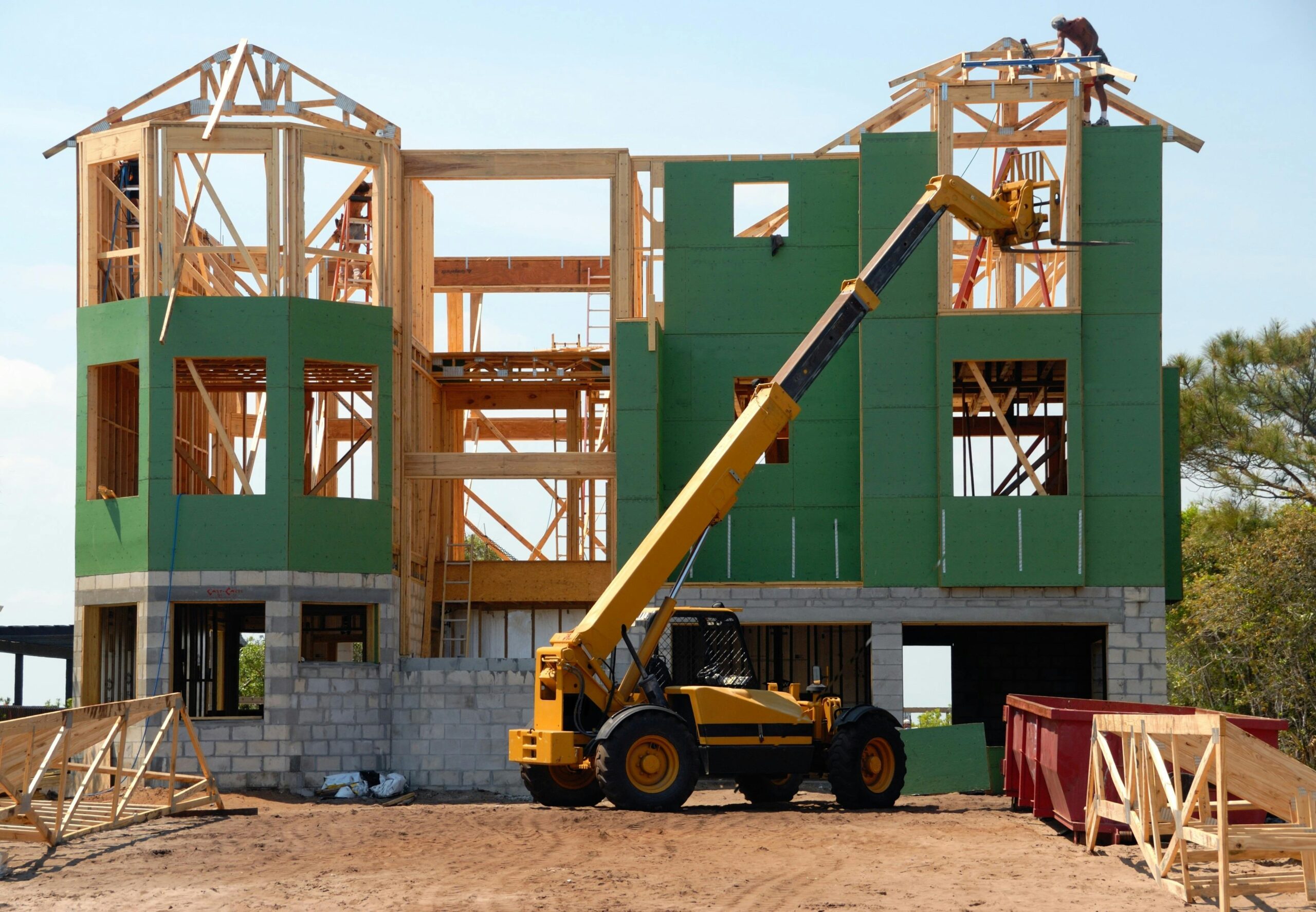Introduction: The Growing Demand for Sustainability
In today’s world, sustainability is more than just a buzzword—it’s a priority for homeowners and businesses alike. As environmental awareness grows, so does the demand for eco-friendly products and practices that reduce our carbon footprint and protect the planet. This shift toward sustainability extends to every aspect of property maintenance, including the preservation of wood and concrete surfaces.
Traditional sealing products, while effective in protecting materials, often contain harmful chemicals that can leach into the environment, posing risks to both human health and ecosystems. Fortunately, advances in technology have led to the development of eco-friendly sealing solutions that offer robust protection without compromising the environment. This article explores the importance of sustainable sealing options for wood and concrete, highlighting the benefits and effectiveness of these green alternatives.
1. Why Sustainability Matters in Sealing
Sealing wood and concrete surfaces is essential for protecting them from the elements and extending their lifespan. However, conventional sealants can have significant environmental drawbacks. Understanding the impact of these products is the first step toward making more sustainable choices.
- Environmental Impact of Traditional Sealants
Traditional sealants often contain volatile organic compounds (VOCs), which are chemicals that easily evaporate into the air and contribute to air pollution. VOCs are not only harmful to the environment but also pose health risks to those who apply the products and to occupants of the treated areas.- Air Quality: VOCs contribute to the formation of ground-level ozone and smog, which can lead to respiratory problems and other health issues. The release of these compounds into the atmosphere is a significant concern, especially in urban areas.
- Water Pollution: When traditional sealants are applied, they can wash off into the soil and waterways during rainstorms or cleaning. This runoff can contaminate water sources, harming aquatic life and ecosystems.
- The Move Toward Eco-Friendly Alternatives
In response to these concerns, the industry has seen a growing shift toward eco-friendly sealing products that minimize environmental impact while still providing effective protection for wood and concrete surfaces.- Low-VOC and VOC-Free Sealants: Eco-friendly sealants are formulated with reduced or zero VOC content, making them safer for both the environment and human health. These products help improve indoor and outdoor air quality, reducing the risk of respiratory issues and environmental harm.
- Biodegradable Ingredients: Many green sealants are made with biodegradable ingredients that break down naturally over time, leaving no harmful residues behind. This reduces the risk of soil and water contamination, making them a more sustainable choice for property maintenance.
- Benefits Beyond the Environment
Choosing eco-friendly sealants doesn’t just benefit the environment—it also offers advantages for homeowners and property managers.- Healthier Living Spaces: Low-VOC and VOC-free sealants contribute to healthier indoor and outdoor environments by reducing the presence of harmful chemicals. This is particularly important for families with children, pets, or individuals with respiratory conditions.
- Compliance with Green Building Standards: For those involved in construction or renovation projects, using eco-friendly sealants can help meet the requirements of green building certifications such as LEED (Leadership in Energy and Environmental Design). This can add value to the property and appeal to environmentally conscious buyers or tenants.
2. Exploring Eco-Friendly Sealing Options
Eco-friendly sealants are available for a variety of applications, from protecting wooden decks and fences to sealing concrete driveways and patios. Here’s a closer look at some of the sustainable sealing solutions available today.
- Water-Based Sealants
Water-based sealants are among the most popular eco-friendly options due to their low VOC content and ease of use. These sealants use water as a carrier instead of harmful solvents, resulting in a product that is safer for both the applicator and the environment.- Advantages of Water-Based Sealants: These sealants are typically easier to clean up after application, requiring only soap and water. They also dry quickly, allowing treated surfaces to be used sooner. Additionally, water-based sealants emit fewer odors, making them more pleasant to work with.
- Applications: Water-based sealants are suitable for a wide range of materials, including wood, concrete, stone, and pavers. They provide excellent protection against moisture, UV damage, and stains, making them ideal for both indoor and outdoor use.
- Natural Oil-Based Sealants
For those looking for an even more natural option, oil-based sealants made from natural oils and waxes offer a sustainable alternative. These sealants penetrate deep into the wood fibers, providing long-lasting protection while enhancing the natural beauty of the material.- Ingredients: Common ingredients in natural oil-based sealants include linseed oil, tung oil, and beeswax. These natural substances are biodegradable and free from synthetic chemicals, making them a safe choice for the environment.
- Benefits: Natural oil-based sealants nourish the wood, keeping it supple and preventing it from drying out or cracking. They also provide a rich, natural finish that enhances the wood’s grain and color, making them a popular choice for decks, fences, and other wooden structures.
- Silane and Siloxane-Based Sealants
For concrete and masonry surfaces, silane and siloxane-based sealants offer a durable, eco-friendly solution. These sealants form a protective barrier that repels water while allowing the material to breathe, preventing moisture buildup and reducing the risk of damage.- Durability: Silane and siloxane-based sealants are known for their long-lasting protection, with some products providing coverage for up to 10 years. They are resistant to UV radiation, stains, and freeze-thaw cycles, making them ideal for outdoor concrete and stone surfaces.
- Environmental Impact: These sealants are low in VOCs and are designed to have minimal impact on the environment. They are also less likely to wash away during rain, reducing the risk of water pollution.
- Acrylic-Based Sealants with Low VOC Content
Acrylic-based sealants are a versatile option that can be used on both wood and concrete surfaces. When formulated with low VOC content, they offer a balance between performance and environmental responsibility.- Applications: These sealants are suitable for a wide range of surfaces, including driveways, patios, decks, and fences. They provide a durable, protective coating that enhances the appearance of the material while shielding it from the elements.
- Custom Finishes: Acrylic sealants are available in various finishes, from matte to high-gloss, allowing for customization based on aesthetic preferences. They also come in clear and tinted varieties, making them a flexible choice for different projects.
3. Tips for Sustainable Sealing Practices
In addition to choosing eco-friendly sealants, there are several best practices you can follow to ensure that your sealing project is as sustainable as possible.
- Proper Surface Preparation
Preparing the surface before applying a sealant is crucial for achieving the best results and maximizing the longevity of the protection. This step also reduces the need for frequent reapplication, which can contribute to environmental waste.- Cleaning: Use eco-friendly cleaners to remove dirt, mildew, and old sealant from the surface before applying a new sealant. This ensures that the sealant adheres properly and provides even coverage.
- Repairing Damage: Address any cracks, holes, or other damage before sealing to prevent further deterioration. This also helps the sealant to perform better, as it won’t have to fill in gaps or cover up imperfections.
- Mindful Application Techniques
Applying sealant carefully and efficiently minimizes waste and ensures even coverage, reducing the likelihood of needing touch-ups or reapplications.- Use the Right Tools: Choose brushes, rollers, or sprayers that are appropriate for the sealant type and the surface you’re working on. This helps achieve a smooth, even application and reduces product waste.
- Avoid Over-Application: Apply sealant in thin, even layers rather than thick coats. Over-application can lead to drips, pooling, and an uneven finish, which may require additional sanding and resealing.
- Responsible Disposal and Cleanup
After completing your sealing project, it’s important to dispose of any leftover products and materials responsibly to minimize environmental impact.- Proper Disposal: Follow local regulations for disposing of sealant containers, brushes, and other materials. Many eco-friendly sealants have specific disposal instructions to ensure that they do not harm the environment.
- Reuse and Recycle: If possible, clean and reuse tools like brushes and rollers for future projects. Recycle containers according to local guidelines, and consider donating any leftover sealant to a community project or a neighbor.
Conclusion: Protecting Your Property and the Planet
Eco-friendly sealing solutions offer an effective way to protect your wood and concrete surfaces while minimizing your environmental impact. By choosing sustainable products and following best practices for application and disposal, you can enhance the durability and beauty of your property without compromising the health of the planet.
As awareness of environmental issues continues to grow, the demand for green building products and practices will only increase. By investing in eco-friendly sealants, you’re not just preserving your property—you’re also contributing to a more sustainable future. Whether you’re sealing a deck, driveway, or fence, making environmentally conscious choices ensures that your outdoor spaces remain beautiful, functional, and safe for generations to come.










